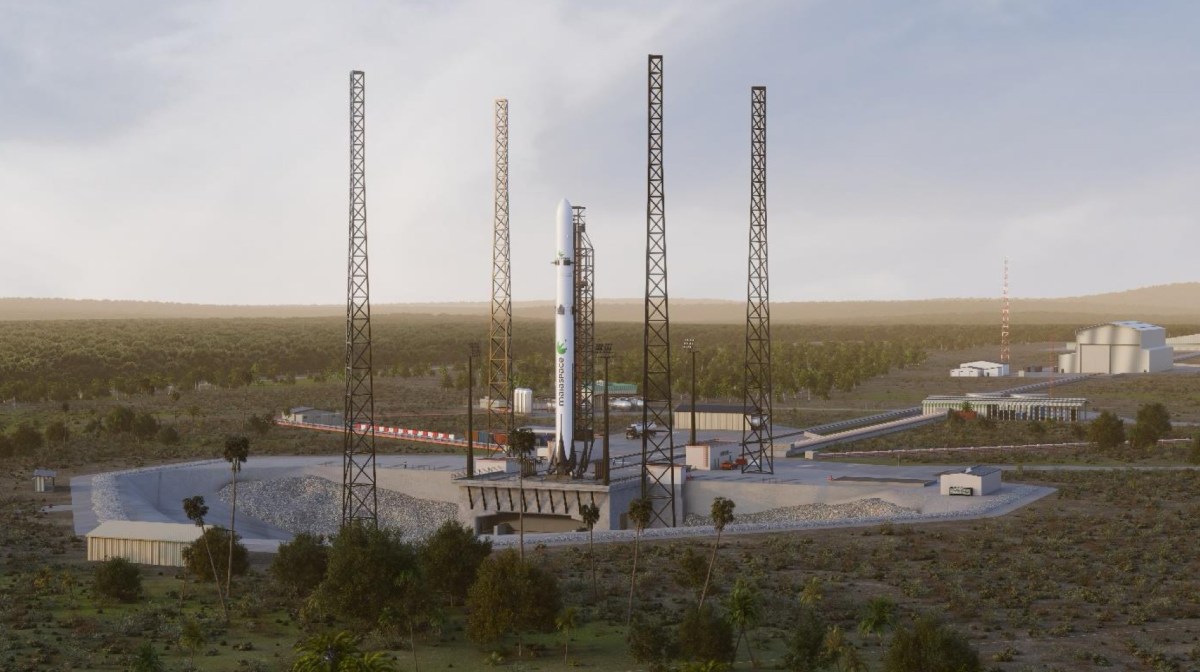WASHINGTON — The French space agency CNES has selected MaiaSpace, a startup backed by ArianeGroup developing a reusable small launch vehicle, to take over a launch pad in French Guiana originally built for the Soyuz rocket.
MaiaSpace said Sept. 26 that CNES awarded it access to the pad, known as ELS, for use by its small launch vehicle. The pad at the Guiana Space Center had been idle since Russia halted Soyuz launches from there in 2022, a response to European sanctions against Russia after its invasion of Ukraine.
MaiaSpace said in a statement it will spend “several tens of millions of euros” to adapt the pad for use by its vehicle for launches starting in 2026. However, Yohann Leroy, chief executive of MaiaSpace, called it a more “cost-effective solution” than building an entirely new launch facility, a move that will “contribute to optimizing the level of its capital expenditures and therefore MaiaSpace’s business viability.”
While the company said in its statement that it had been working on several European options for a launch site, its preference was French Guiana. Leroy said in a Sept. 18 panel discussion at World Space Business Week in Paris that the company’s business case required launching to a range of inclinations to support constellations while taking advantage of the additional boost provided by launching close to the Equator. “This is the best fit for us,” he said of launching there.
MaiaSpace is developing a small launch vehicle capable of placing up to 1,500 kilograms into sun-synchronous orbit in expendable mode. The first stage, though, is designed to be reused by landing it on a barge downrange, and in that mode can place 500 kilograms into the same orbit. A kick stage called Colibri that the company is also developing could increase the payload performance by one ton.
The company will gradually implement reusability, Leroy said during a recent visit to the company’s facilities in Vernon, outside Paris. The company will start with expendable launches and incrementally test the ability to land the booster, first making “virtual” landings in the ocean before attempting a landing on a barge.
The vehicle leverages European efforts like the ESA-backed Prometheus engine, which uses liquid oxygen and methane propellants, as well as the Themis project to test vertical landing technologies.
Reuse of both the booster and of the former Soyuz launch site fits into a philosophy of sustainability that also includes the use of “bio-sourced” methane as fuel for the rocket. Interest in sustainability is growing among customers, Leroy said at the conference, “but not to the point yet where our customers are deciding to select our solution solely because it is better from an environmental standpoint.”
“The most important factor is price,” he said. “But still, we see concerns about the environment growing,” hence a push of lowering the environmental impact of the vehicle. “We are convinced from a strategic standpoint that it will end up being a very important decision factor for customers.”
